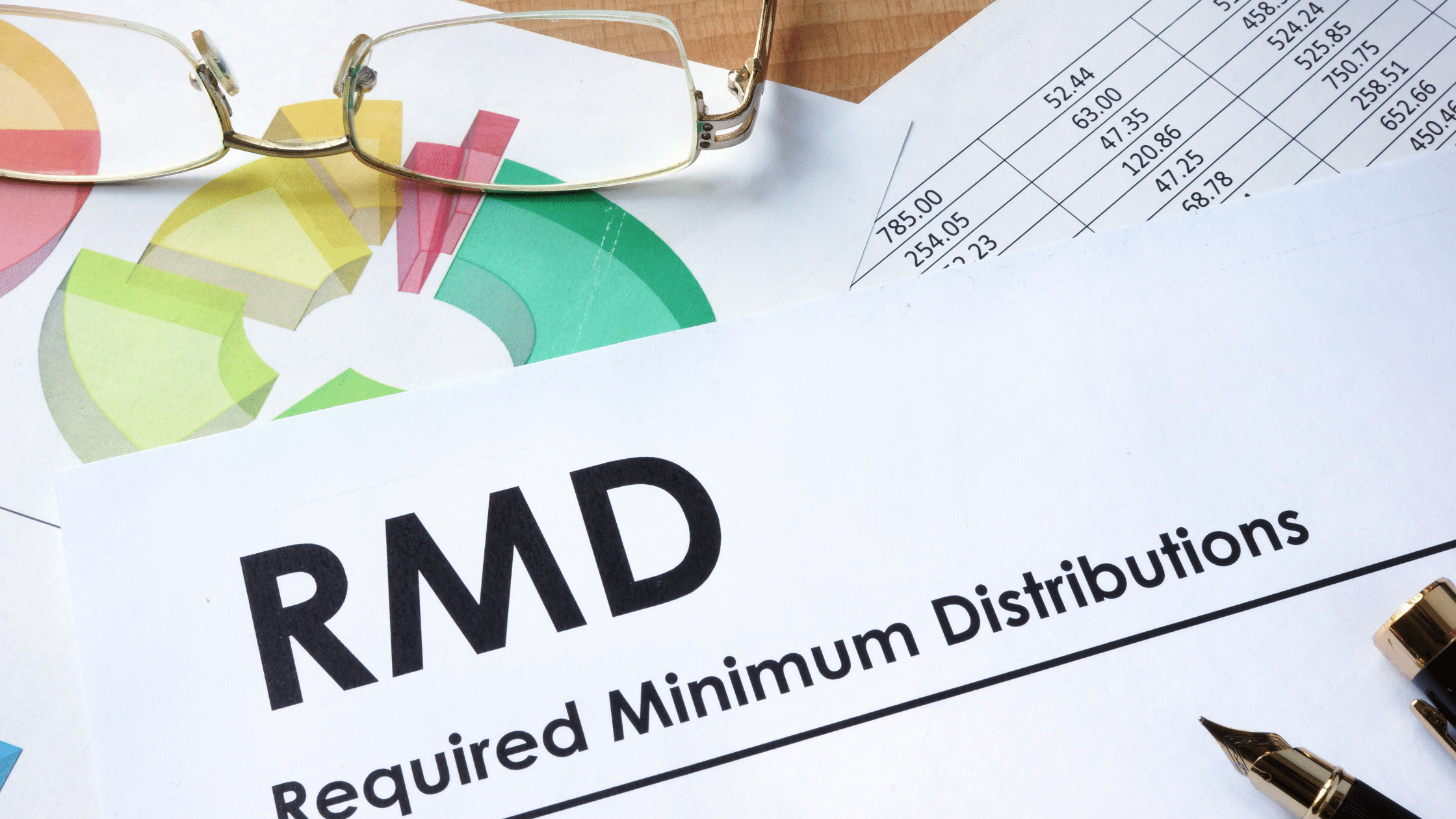In early 2022, the IRS issued proposed regulations regarding required minimum distributions (RMDs) to reflect changes made by the Setting Every Community Up for Retirement Enhancement (SECURE) Act of 2019. The IRS has held off on releasing final regulations so that it can address additional changes to RMDs made by the SECURE 2.0 Act of 2022, which was passed in late 2022. In the meantime, the IRS has issued interim RMD relief and guidance for 2023. Final RMD regulations, when issued, will not apply before 2024.
Relief with respect to change in RMD age to 73
The RMD age is the age at which IRA owners and employees must generally start taking distributions from their IRAs and workplace retirement plans, though an exception may apply if an employee is still working for the employer sponsoring the plan. (For Roth IRAs, RMDs are not required during the lifetime of the IRA owner.)
The SECURE 2.0 Act of 2022 increased the general RMD age from 72 to 73 (for individuals reaching age 72 after 2022). Since then, some individuals reaching age 72 in 2023 have taken distributions for 2023 even though they do not need to take a distribution until they reach age 73 under the changes made by the legislation.
Distributions from IRAs and workplace retirement plans can generally be rolled over tax-free to another retirement account within 60 days of the distribution. (RMD amounts cannot be rolled over.) The 60-day window for a rollover may already have passed for some individuals who took distributions that were not required in 2023.
To help those individuals, the IRS is extending the deadline for the 60-day rollover period for certain distributions until September 30, 2023. Specifically, the relief is available with respect to any distributions made between January 1, 2023, and July 31, 2023, to an IRA owner or employee (or the IRA owner’s surviving spouse) who was born in 1951 if the distributions would have been RMDs but for the change in the RMD age to 73.
Tip: Generally, only one rollover is permitted from a particular IRA within a 12-month period. The special rollover allowed under this relief is permitted even if the IRA owner or surviving spouse has rolled over a distribution in the last 12 months. However, making such a rollover will preclude the IRA owner or surviving spouse from rolling over a distribution in the next 12 months. (Note that an individual could still make direct trustee-to-trustee transfers since they do not count as rollovers under the one-rollover-per-year rule.)
Inherited IRAs and retirement plans
RMDs for IRAs and retirement plans inherited before 2020 could generally be spread over the life expectancy of a designated beneficiary. The SECURE Act changed the RMD rules by requiring that in most cases the entire account must be distributed 10 years after the death of the IRA owner or employee if there is a designated beneficiary (and if death occurred after 2019). However, an exception allows an eligible designated beneficiary to take distributions over their life expectancy and the 10-year rule would not apply until after the death of the eligible designated beneficiary in that case.
Eligible designated beneficiaries include a spouse or minor child of the IRA owner or employee, a disabled or chronically ill individual, and an individual no more than 10 years younger than the IRA owner or employee. The entire account would also need to be distributed 10 years after a minor child reaches the age of majority (i.e., at age 31).
The proposed regulations issued in early 2022 surprised many when they suggested that annual distributions are also required during the first nine years of such 10-year periods in most cases. Comments on the proposed regulations sent to the IRS asked for some relief because RMDs had already been missed and a 25% penalty tax (50% prior to 2023) is assessed when an individual fails to take an RMD.
The IRS has announced that it will not assert the penalty tax in certain circumstances where individuals affected by the RMD changes failed to take annual distributions in 2023 during one of the 10-year periods. (Similar relief was previously provided for 2021 and 2022.) For example, relief may be available if the IRA owner or employee died in 2020, 2021, or 2022 and on or after their required beginning date* and the designated beneficiary who is not an eligible designated beneficiary did not take annual distributions for 2021, 2022, or 2023 as required (during the 10-year period following the IRA owner’s or employee’s death). Relief might also be available if an eligible designated beneficiary died in 2020, 2021, or 2022 and annual distributions were not taken in 2021, 2022, or 2023 as required (during the 10-year period following the eligible designated beneficiary’s death).
*The required beginning date is usually April 1 of the year after the IRA owner or employee reaches RMD age. Roth IRA owners are always treated as dying before their required beginning date.
This article was prepared by Broadridge.
LPL Tracking #1-05376513





